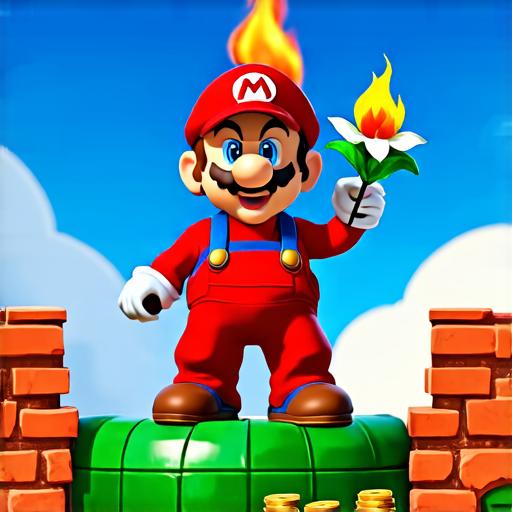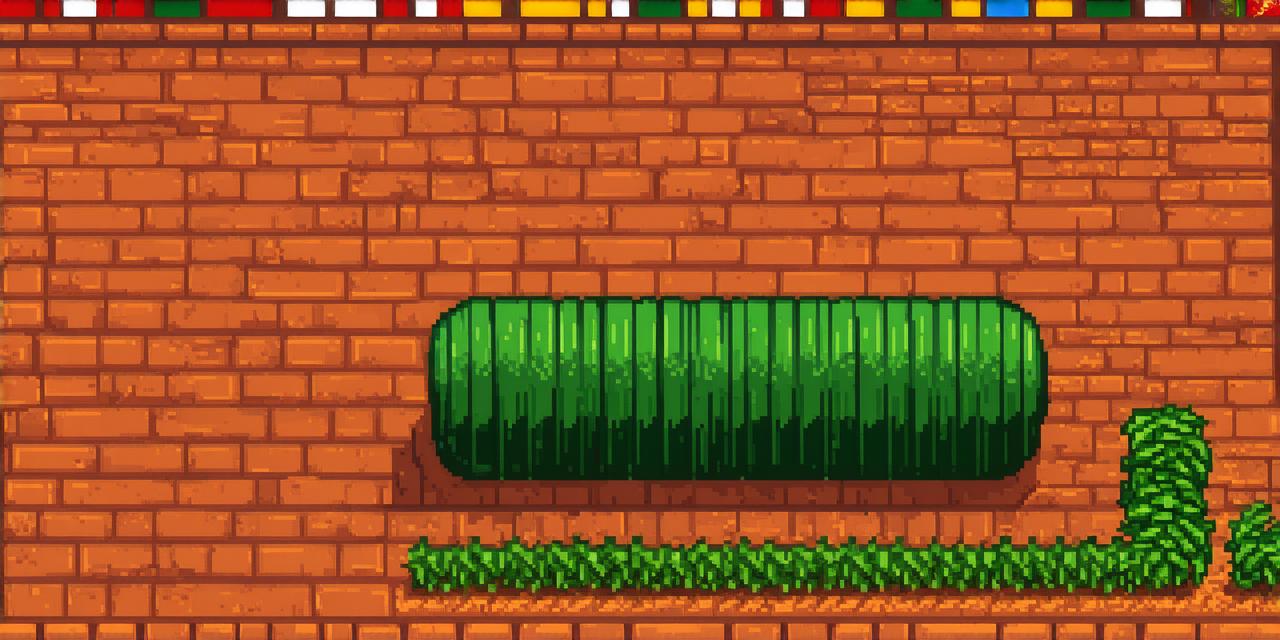Introduction
Mario is one of the most iconic video game characters of all time, and his adventures have captivated millions of players around the world. If you’re a game developer looking to create your own Mario-style game, there are several key steps you need to follow in order to make it successful.
Step 1: Define Your Game Concept
Before you start designing your game, it’s important to have a clear idea of what it should be about. This means defining your game concept, which is the overall theme or story that will guide the development process. For a Mario-style game, this might involve creating a new world for Mario to explore, introducing new characters and enemies, or coming up with unique power-ups and abilities.
When defining your game concept, it’s important to consider what sets your game apart from other Mario games. What new elements or challenges will you introduce? How will you keep players engaged and entertained throughout the game? Answering these questions early on in the development process will help you create a more focused and compelling game.
Step 2: Create Your Characters
Mario is one of the most recognizable characters in video game history, and his success is largely due to his unique personality and design. When creating your own Mario-style game, you’ll need to come up with characters that are just as memorable and engaging.
To do this, start by brainstorming different ideas for your characters. Think about their personalities, appearances, and abilities, and try to create a sense of who they are and what makes them special. It can also be helpful to draw inspiration from other popular video game characters or real-world people, as well as to experiment with different styles and designs.
Once you’ve settled on your character designs, it’s important to bring them to life using high-quality artwork and animation. This will help create a more immersive and engaging experience for players, and make your characters feel more real and authentic.
Step 3: Design Your Levels
One of the most important aspects of any Mario game is the level design. Mario’s adventures are all about exploring new worlds and overcoming challenges, so it’s essential that your levels are designed to be both fun and challenging.

When designing your levels, consider using a variety of different elements and obstacles to keep players engaged. This might include platforms, enemies, power-ups, and other interactive objects that players can interact with. It’s also important to make sure that each level has its own unique theme and design, so that players feel like they’re progressing through the game and experiencing new things.
In addition to designing your levels, you’ll also need to create a sense of flow and pacing throughout the game. This means balancing the difficulty of each level, as well as making sure that players are rewarded for their efforts and that there are moments of excitement and tension along the way.
Step 4: Create Your Music and Sound Effects
Music and sound effects are an essential part of any video game, and can greatly enhance the overall experience for players. When creating your own Mario-style game, it’s important to come up with music and sound effects that are catchy, memorable, and help set the tone for each level.
One way to do this is by drawing inspiration from other popular video games or movies, as well as experimenting with different styles and genres of music. You can also use software like GarageBand or Ableton Live to create your own original compositions and sound effects, which will give your game a unique and authentic sound.
